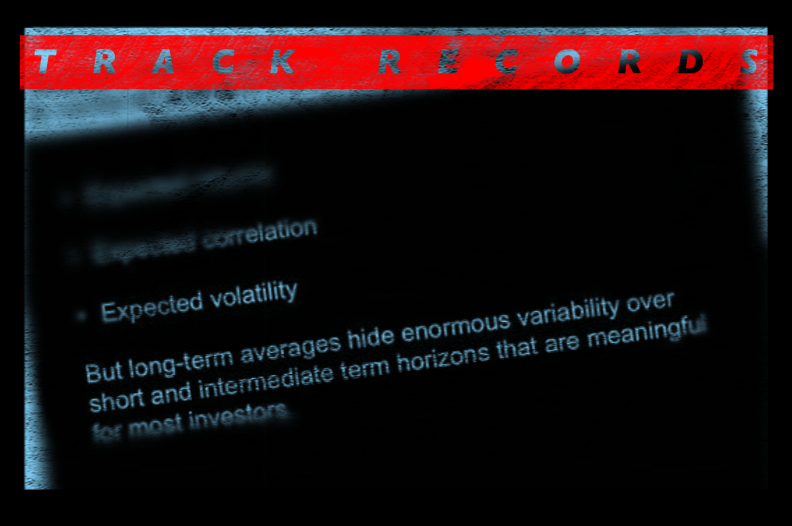Research shows that Millennials are substantially more conservative when it comes to their finances than previous generations. Jessie Szymanski explains why this age group may be missing out.
by Jesse Szymanski, Personal Finance, Blackrock
People think of the young as reckless, thrill-seeking, sky-diving risk takers.
But my millennial peers seem anything but when it comes to their finances. They’re delaying home purchases, waiting to get married, waiting to have children, and not investing aggressively.
It makes sense given all the financial turmoil they’ve experienced (housing crash, financial crisis, unemployment, etc.). But the fact remains that it’s not good for their financial futures.
A recent study from UBS Wealth Management Americas calls millennials the “most fiscally conservative generation since the Great Depression.” According to their research, investors aged 21 to 36 have 52% on average in cash, compared to 23% for other age groups.
Holding cash and reducing risk in the short-term can be helpful for a portfolio. But a long-term shift to less risk—especially as a young investor—virtually ensures you won’t meet your long-term goals.
Chances are, millennials are going to live well into their 80s, if not their 90s, and will spend 20+ years in retirement. (Even today’s average retiree is expected to spend 19 years in retirement, according to the US Social Security Administration.) Given continued advances in medicine and health, it wouldn’t surprise me if my generation spent 30 years in retirement.
Living 90 years and 20 to 30 years in retirement means your savings have to last a long, long time. And that means you have to save and invest intelligently.
Why do I say “save and invest”? Because saving alone won’t get you there.
Consider this. If you invest $1,000 per month for 30 years, you could end up with:
a) $360k
b) $700k or
c) $2.3 million
The difference between a, b, and c? Assuming a 0% return, versus a 4% return, versus a 10% return. Cash generally yields 0% (right now, its yield is actually negative). Bond returns traditionally range between 3 to 5% and stocks generally range between 8 to 10% over the long run. The only way to get to the bigger numbers is to take on some risk.
Put another way: if you don’t want to take on risk, you have to save more in cash to make up the shortfall. So, in the example above, you could either sock away $360k and invest it in a diversified portfolio, or try to save $2.3 million in cash.
The choice to save $360k or $2.3 million over a lifetime is yours. But the risk of not investing is risk all the same.
Jessie Szymanski writes about personal finance for The Blog. You can find more of her posts here.
Copyright © Blackrock
















